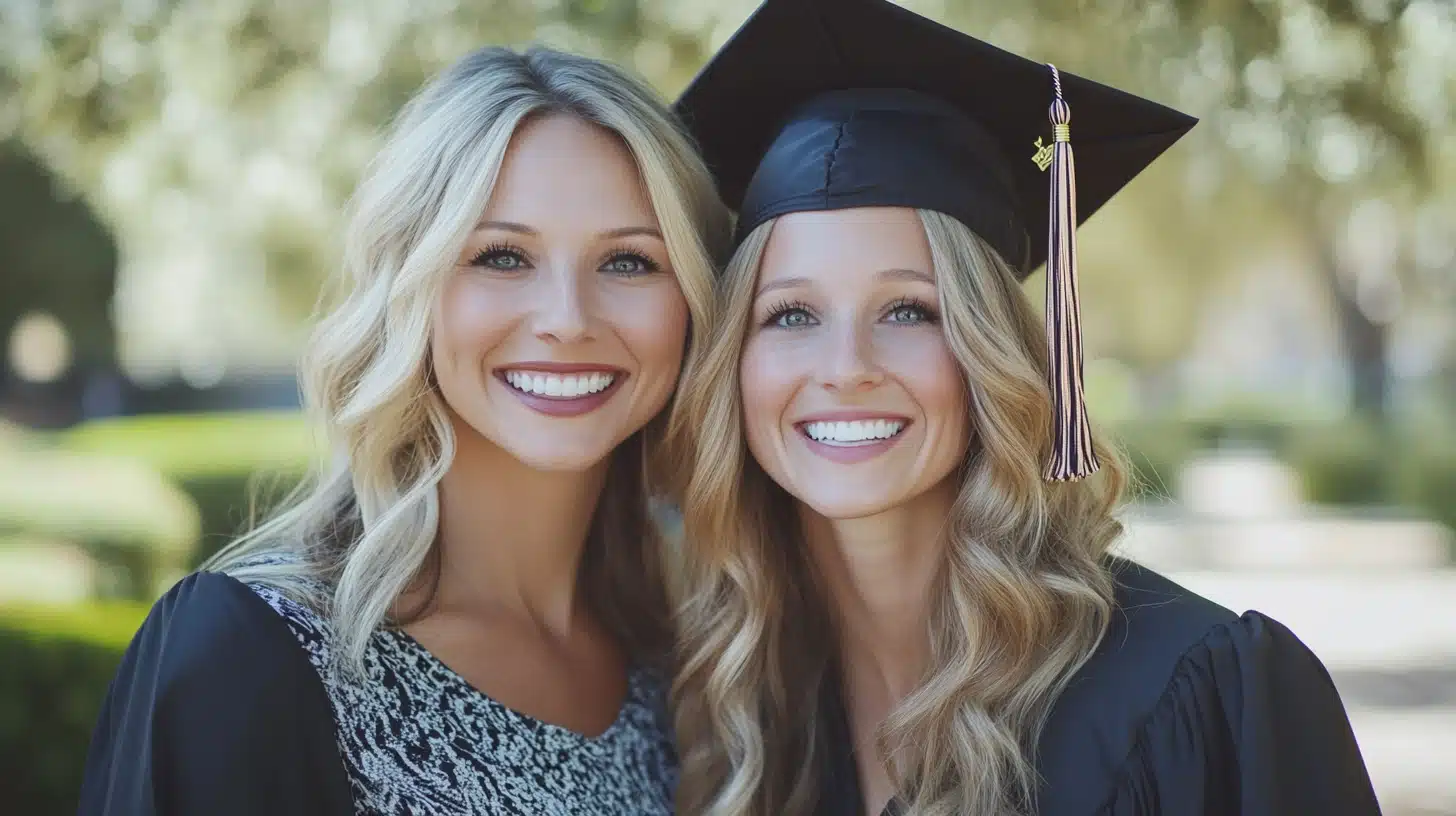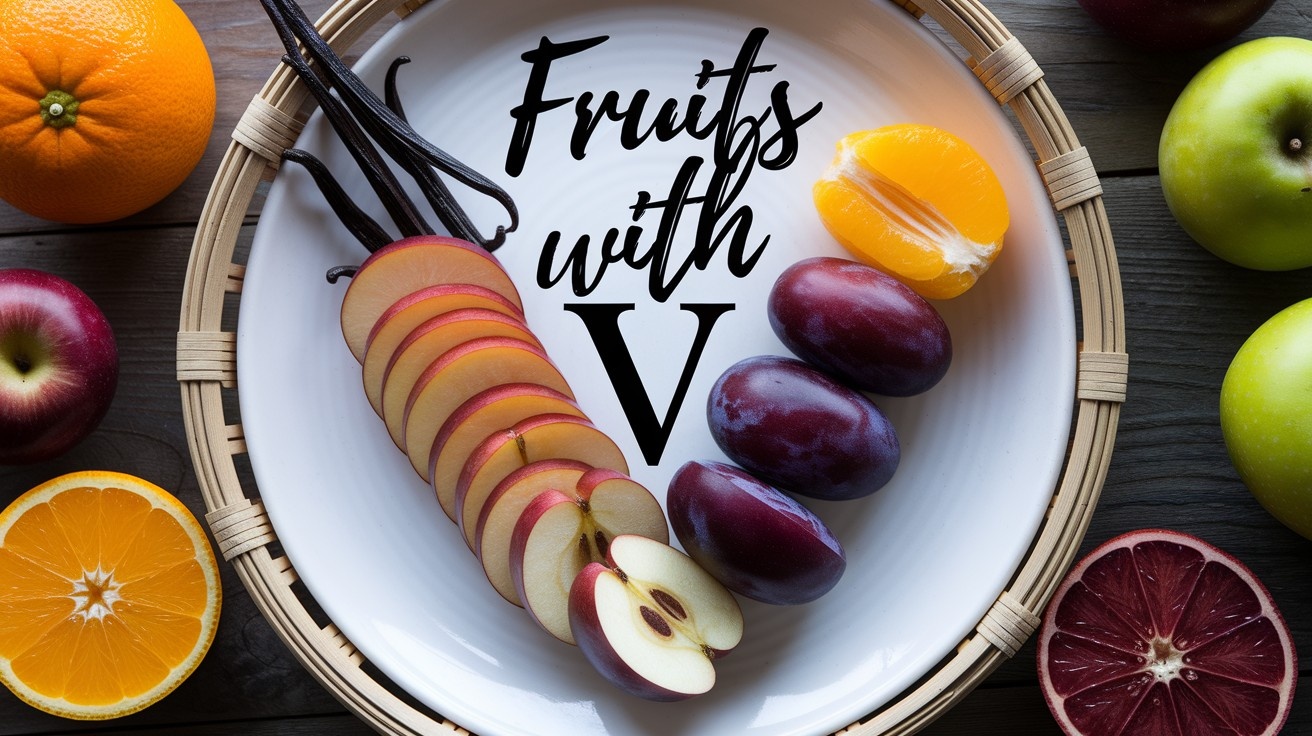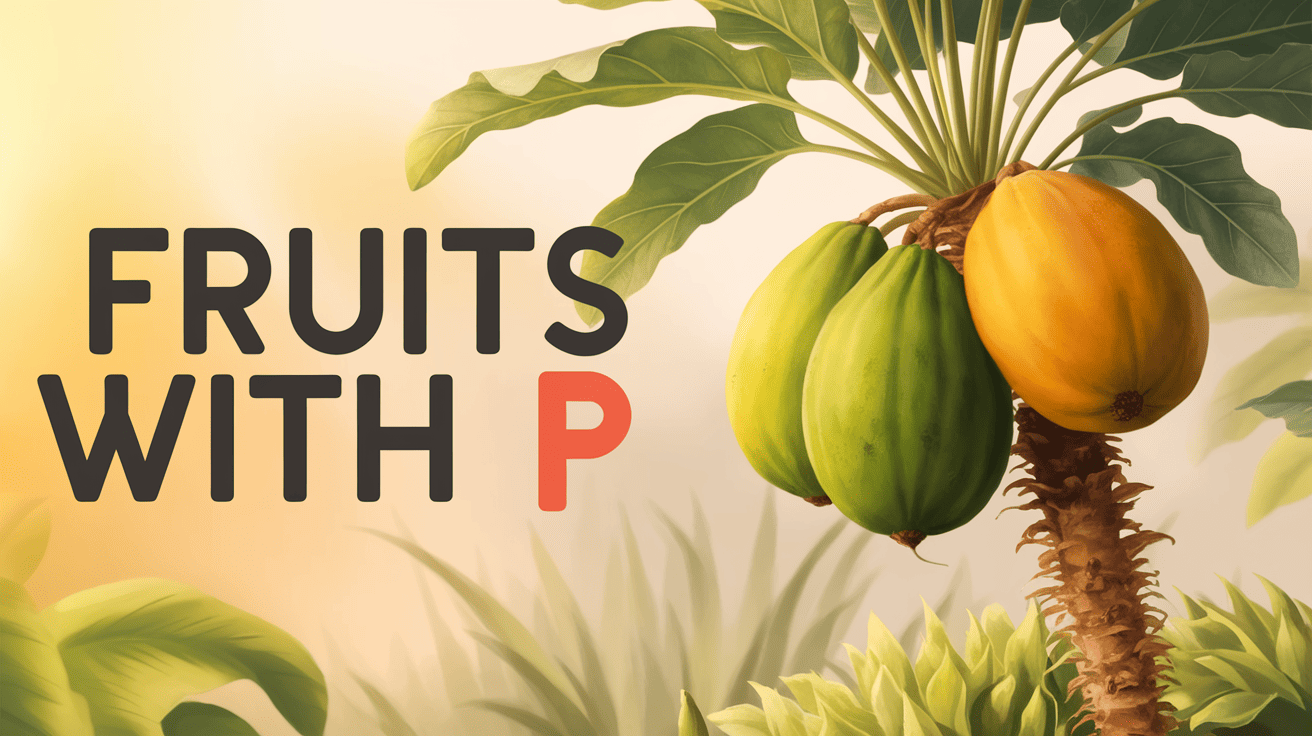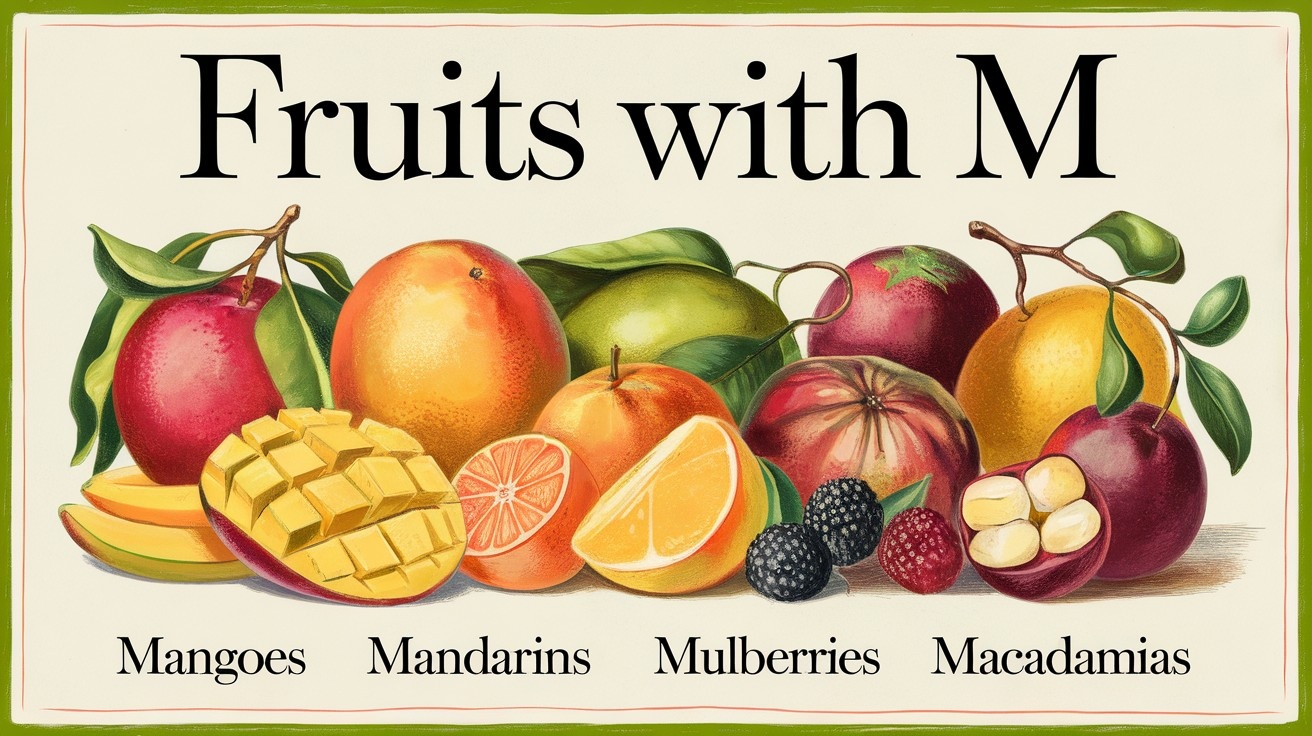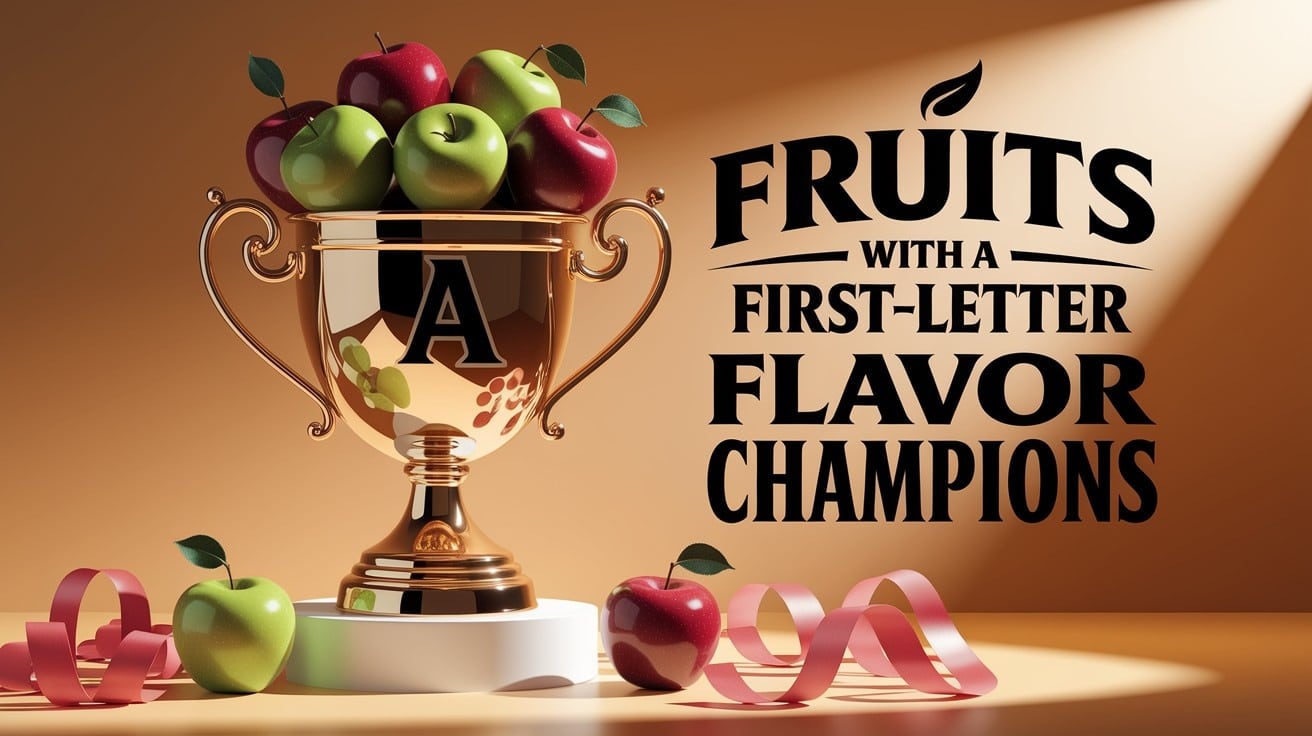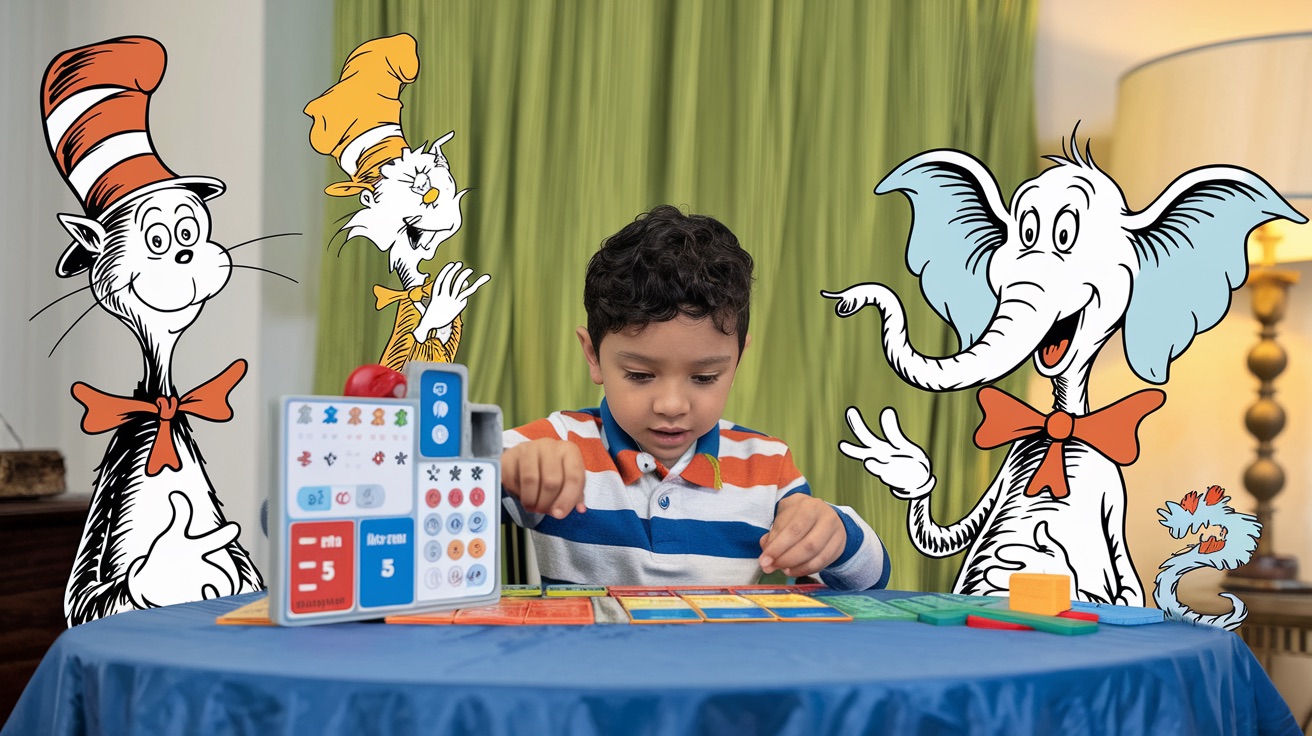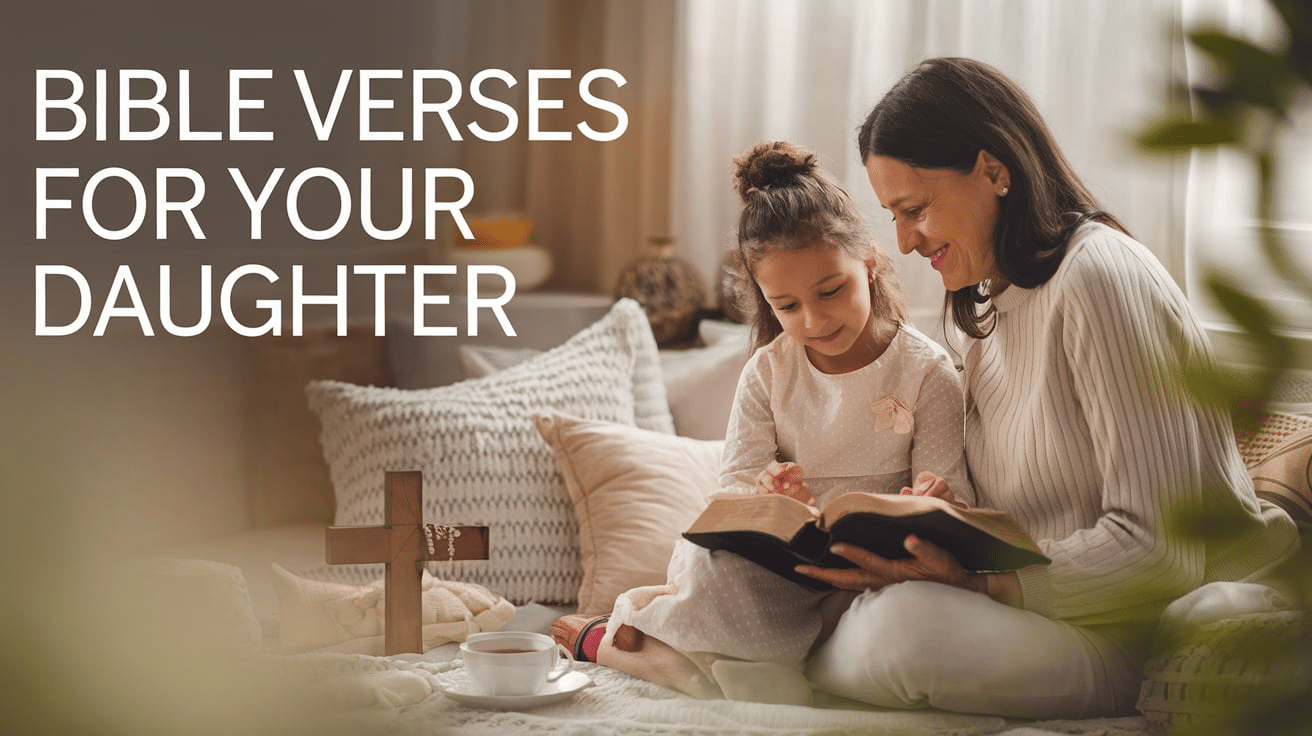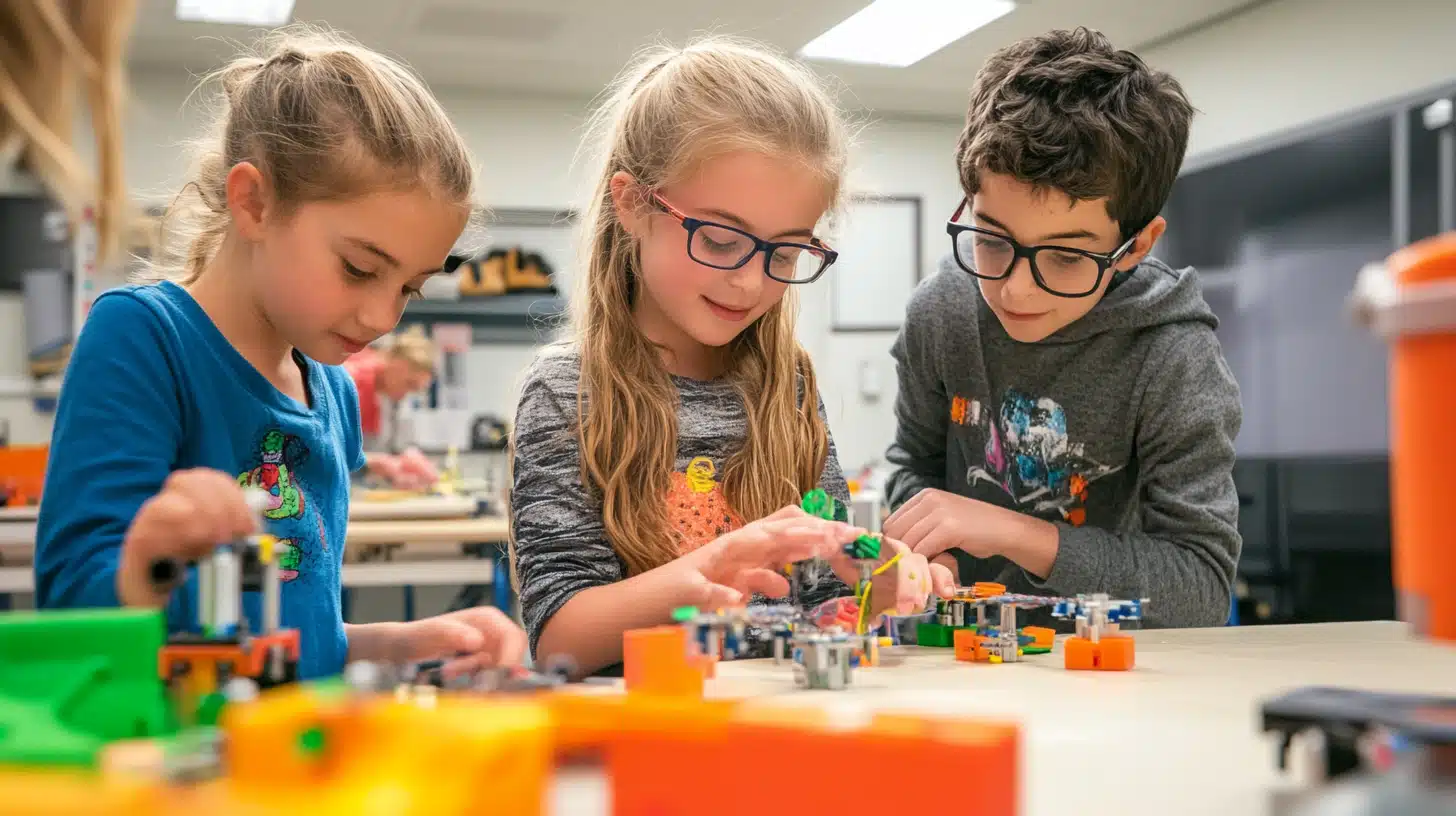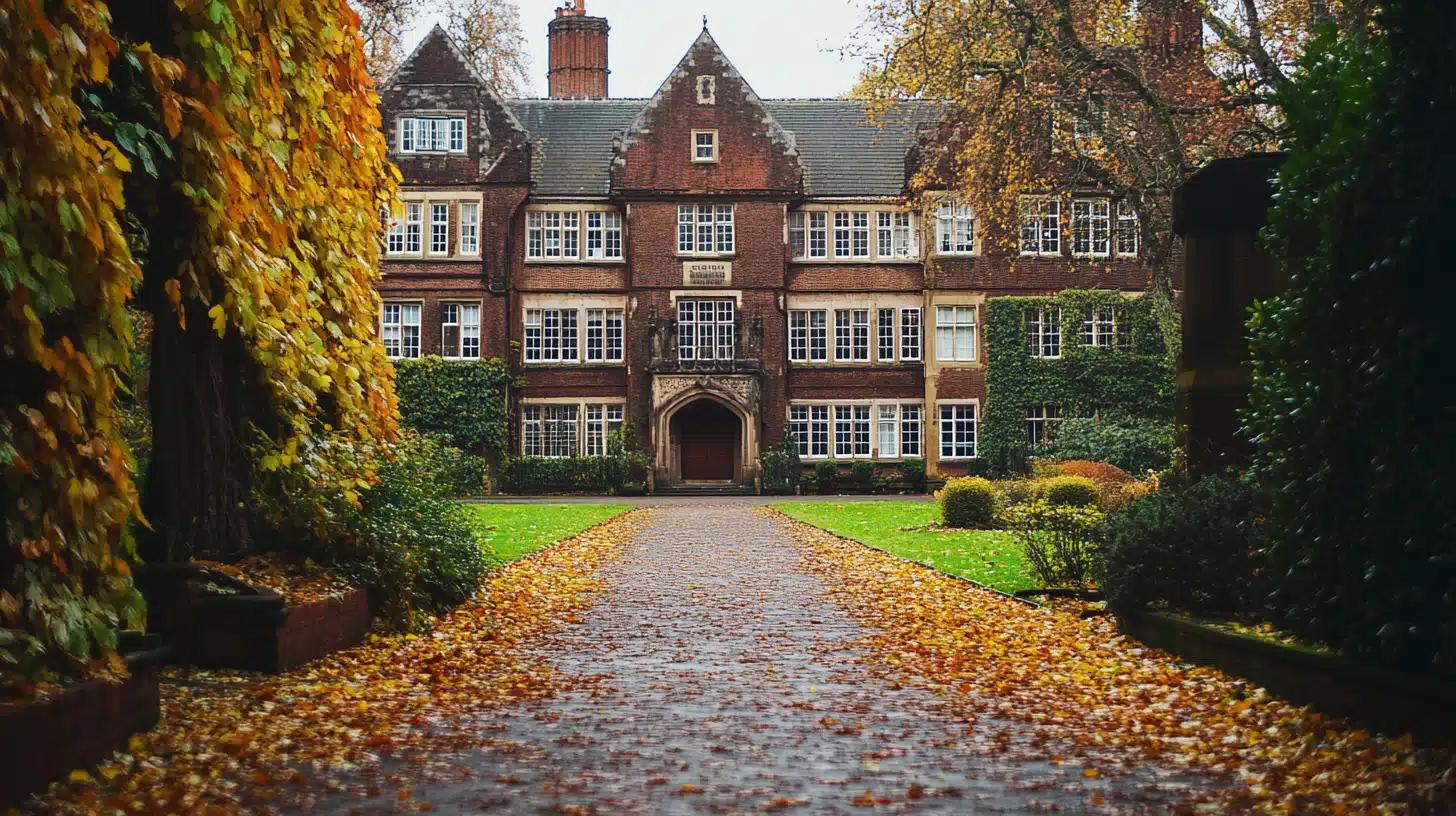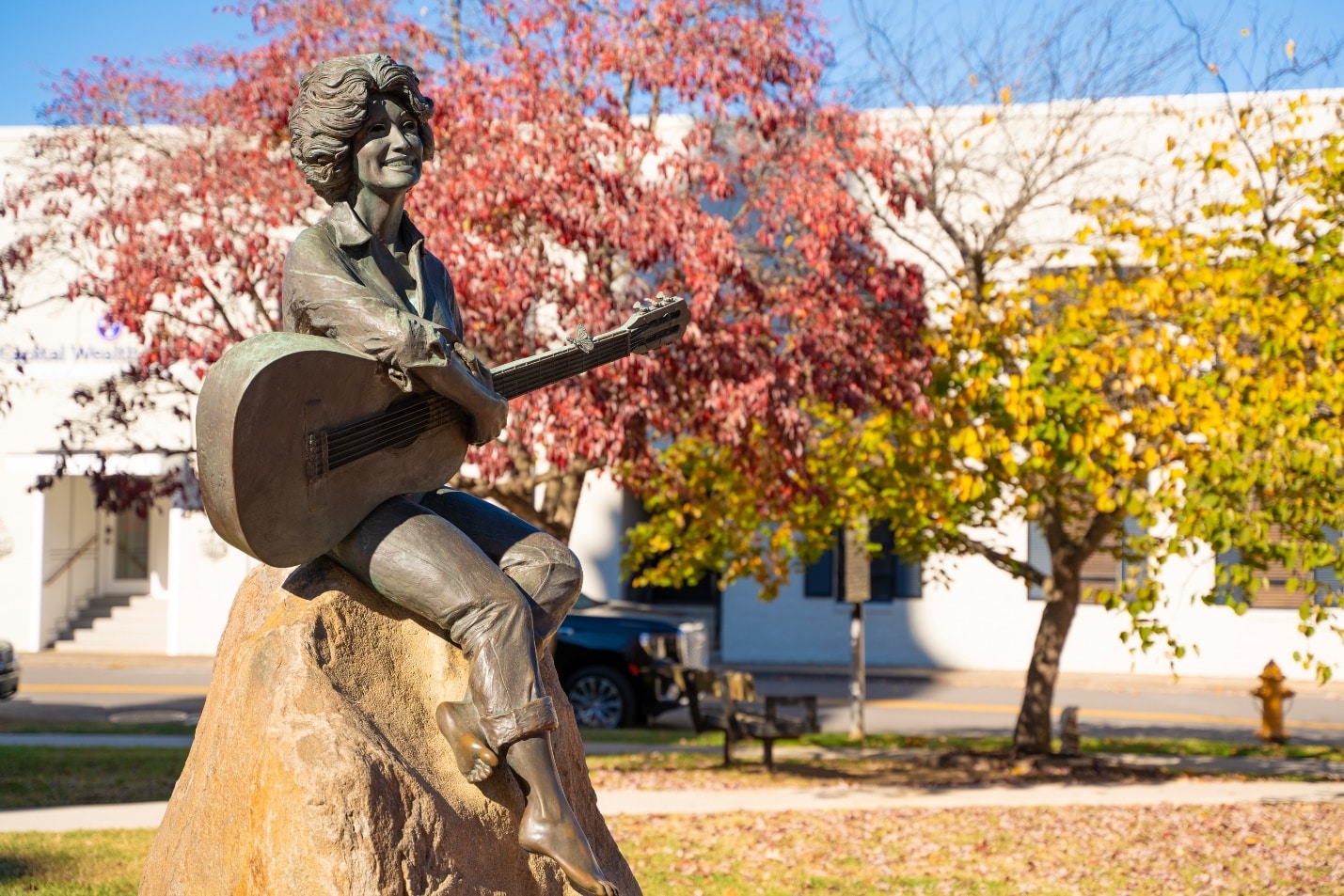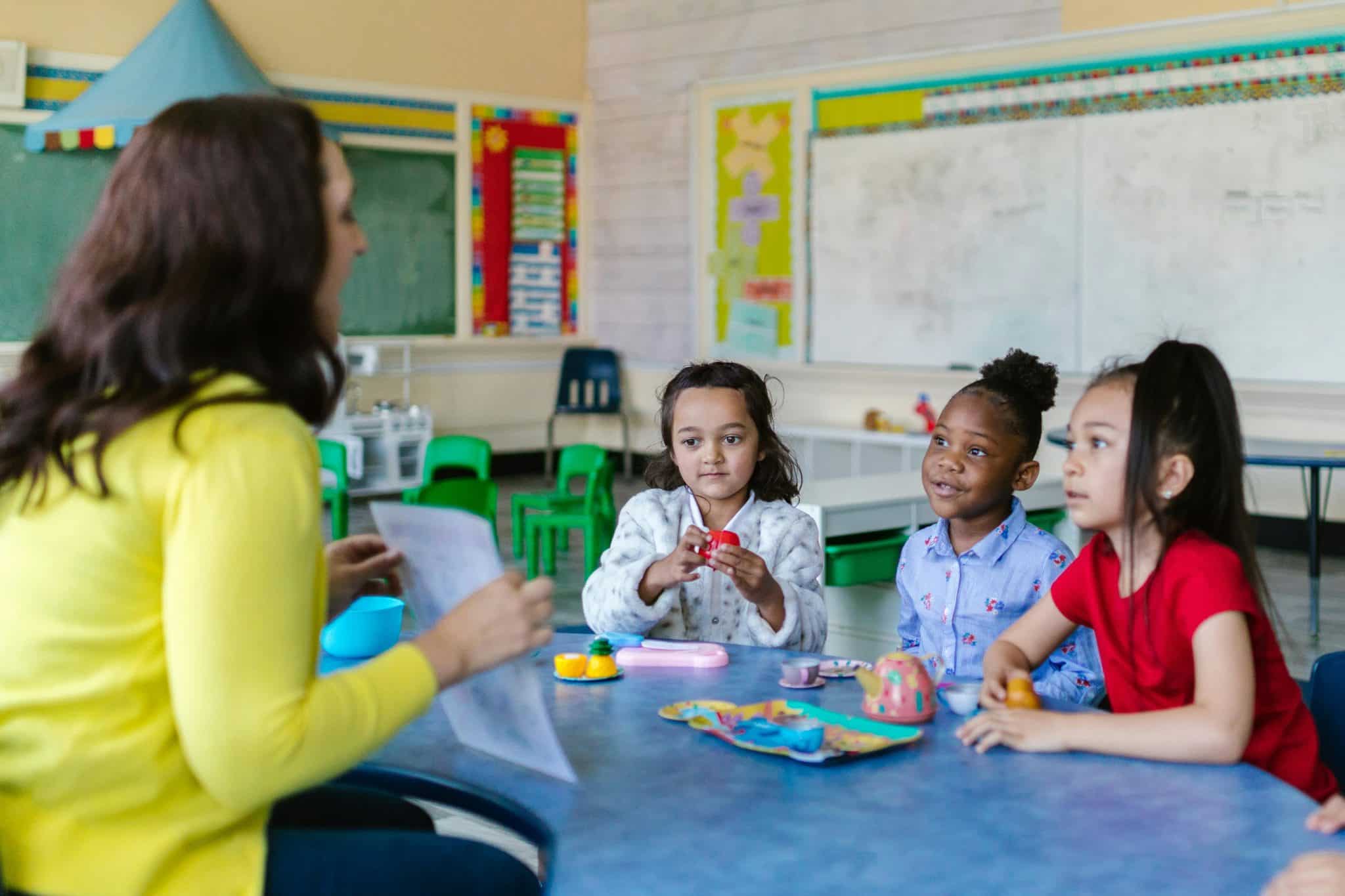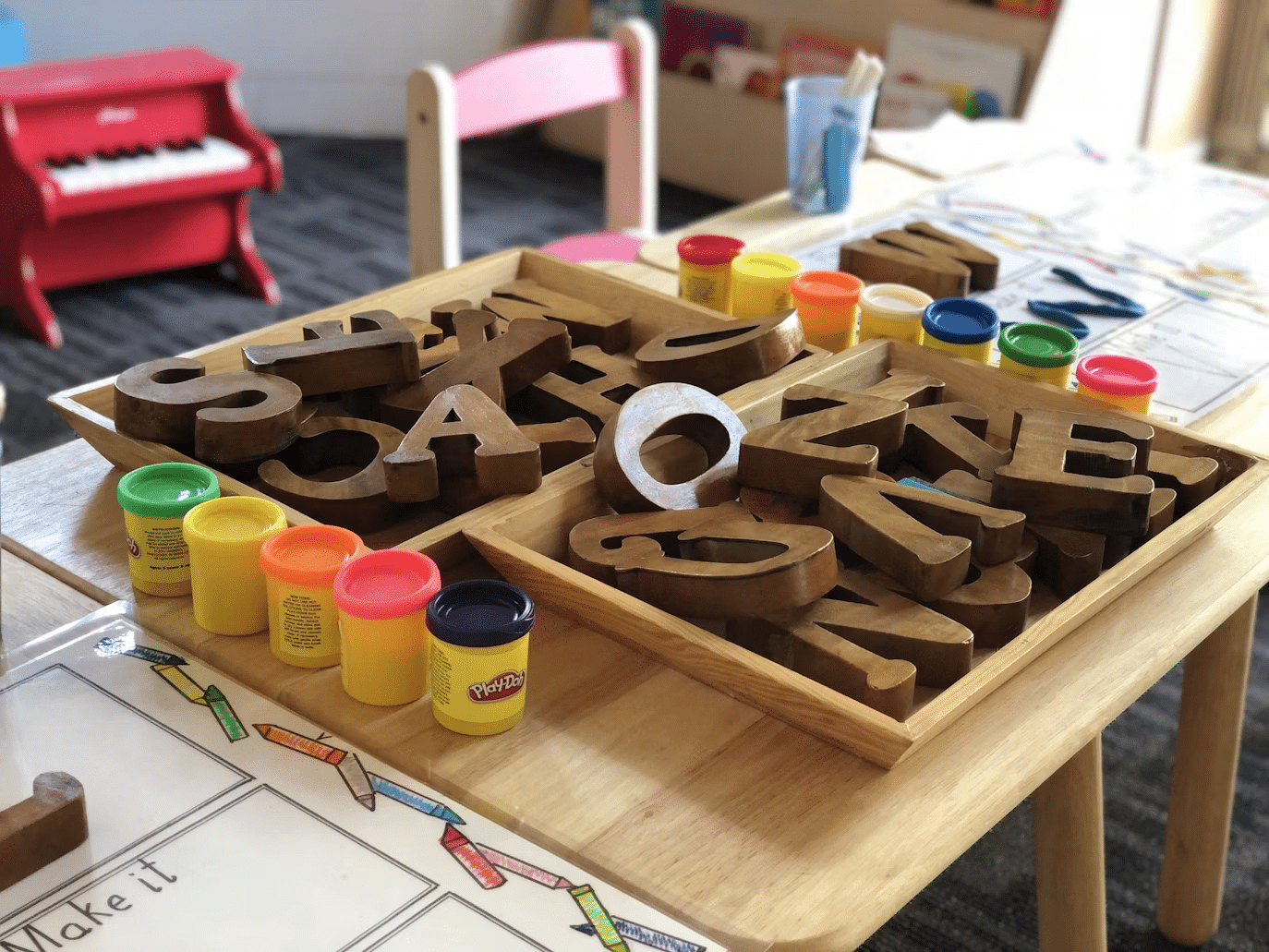
Choosing the right school for your child is one of the most critical decisions parents face. The debate between private and public schools often dominates conversations about education. While each option has its merits, the right choice ultimately depends on your child’s unique needs, your family’s values, and the opportunities you want to provide.
This guide will help you navigate the differences between private and public schools, so you can make an informed decision.
1. Academic Quality and Curriculum
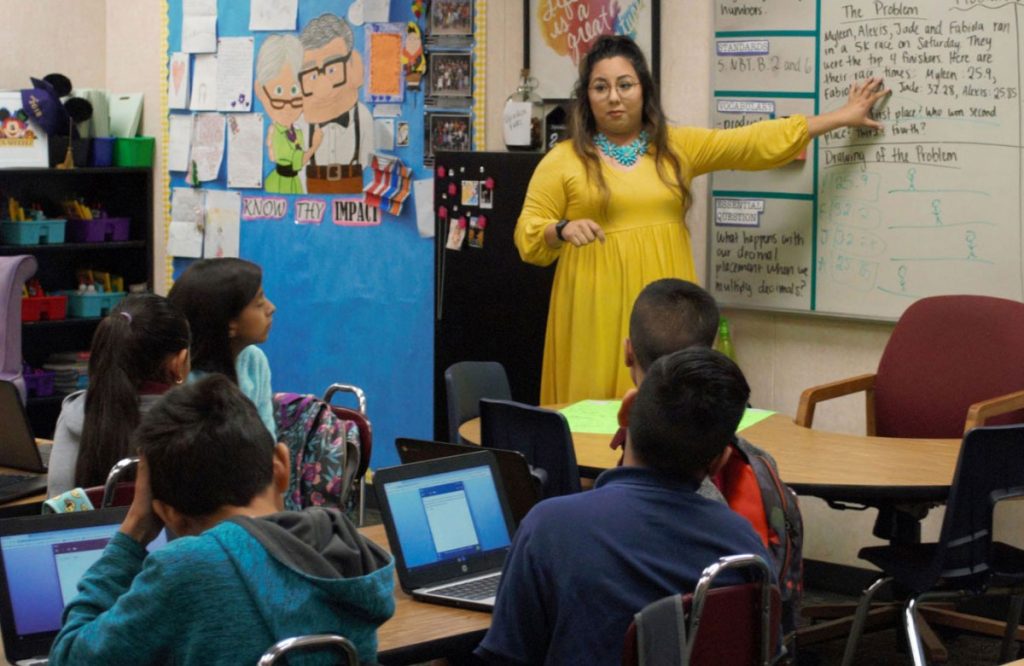
Private schools often boast rigorous academic programs tailored to specific teaching philosophies, such as Montessori or International Baccalaureate (IB). With smaller class sizes, students typically receive more personalized attention from teachers. Many private schools also offer advanced placement courses, specialized STEM programs, or arts-focused curriculums.
Public schools follow state-mandated curricula and often offer a broad range of academic opportunities, including honors and AP courses. Some public schools have magnet or charter programs designed to focus on specific areas, such as science, technology, or the arts. However, larger class sizes can sometimes make individualized attention challenging.
Key Consideration: If your child thrives in a highly tailored academic environment, private schools might be the better option. However, public schools can offer diverse programs at no additional cost, making them an excellent choice for families seeking affordability.
2. Cost and Financial Implications
Private education often comes with a hefty price tag, with annual tuition ranging from thousands to tens of thousands of dollars. Additional costs, such as uniforms, extracurricular activities, and transportation, can add up. However, many schools offer scholarships or financial aid to help offset expenses. Engaging with private school consultants near me can be a valuable step for families seeking guidance in navigating these options.
Public schools are funded by taxpayer dollars and are free to attend. Families may still need to budget for extracurricular activities, school supplies, or field trips, but these costs are generally minimal compared to private schooling.
Key Consideration: Consider your family’s financial situation. If private school tuition is manageable or you can secure financial aid, private schools may provide access to specialized resources. Public schools, on the other hand, offer quality education without the financial burden.
3. Extracurricular Activities and Enrichment
Private schools often excel in providing extensive extracurricular options, including sports, arts, music, and clubs. These programs are usually well-funded and may include unique opportunities such as international travel, internships, or advanced arts training.
While public schools also offer a range of extracurricular activities, funding can vary greatly depending on the district. Some schools have robust programs, while others may face budgetary constraints that limit opportunities.
Key Consideration: If extracurricular activities are a high priority for your family, research both private and public schools to compare their offerings. Private schools might have an edge, but some public schools provide exceptional programs at a lower cost.
4. Class Sizes and Teacher Support

Private schools typically maintain smaller class sizes, allowing for individualized attention and stronger teacher-student relationships. This environment can be especially beneficial for students who need extra support or thrive in close-knit settings.
Public schools often have larger class sizes due to higher enrollment numbers. While this can limit individual attention, many public schools employ highly qualified teachers and support staff to ensure student success.
Key Consideration: If your child benefits from a more intimate learning environment, private schools may be advantageous. However, many public school teachers excel at managing large classrooms and meeting diverse student needs.
5. Diversity and Social Experience
Private schools may have less socioeconomic diversity due to tuition costs. However, some schools actively recruit a diverse student body and offer financial aid to increase accessibility.
Public schools generally reflect the demographics of their local communities, offering exposure to a wide range of cultures, backgrounds, and perspectives. This can provide a rich social experience for students.
Key Consideration: If fostering diversity is important to your family, research the demographic makeup of both private and public schools in your area.
6. Admissions Process and Accessibility
The admissions process for private schools is often competitive, requiring applications, interviews, and standardized testing. Engaging private school application consultants can help families navigate this complex process and present a strong application.
Public schools are required by law to accept all students within their district. Magnet or charter schools may have additional requirements, but the overall process is more straightforward than private school admissions.
Key Consideration: Consider how much time and effort you can dedicate to the admissions process. If you prefer simplicity, public schools may be the better option. However, private school admissions consultants can help alleviate the burden if you’re aiming for private education.
7. Values and Mission Alignment
Private schools often emphasize specific values or missions, such as religious teachings or academic excellence. This can be a significant factor for families seeking alignment with their personal beliefs or educational goals.
Public schools are secular by nature and aim to serve the general public. They provide a neutral environment that respects diverse viewpoints.
Key Consideration: If aligning education with your family’s values is critical, private schools with a matching mission might be the better choice. Public schools, however, are ideal for families seeking a more inclusive, non-sectarian environment.
Final Thoughts
The decision between private and public schools is deeply personal and depends on factors such as academic goals, financial capacity, and your child’s specific needs. By thoroughly researching and weighing these elements, you can make a choice that sets your child up for success.
Remember, whether you opt for a private school or a public school, the most important factor is your involvement in your child’s education. Staying engaged and supportive can make a significant difference in their academic journey and overall well-being.










